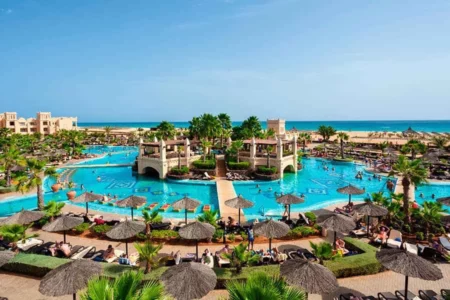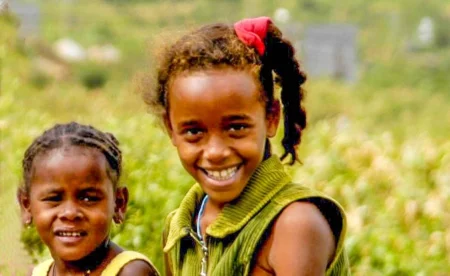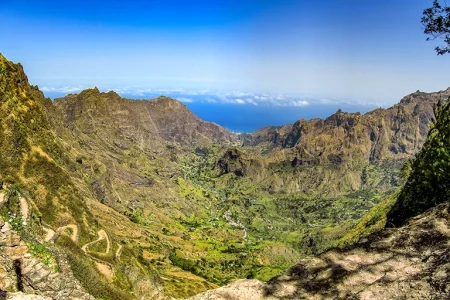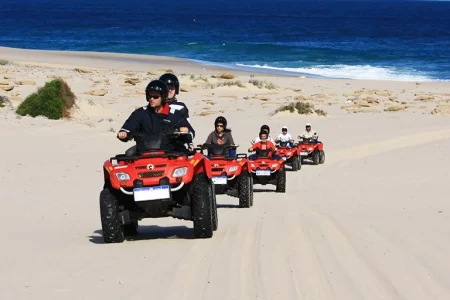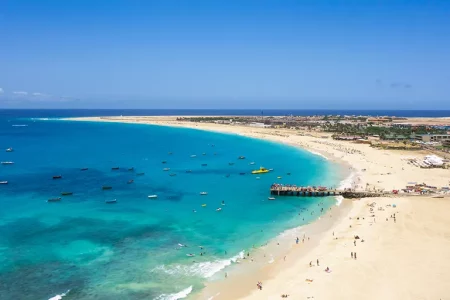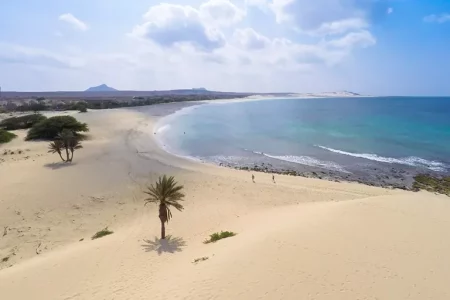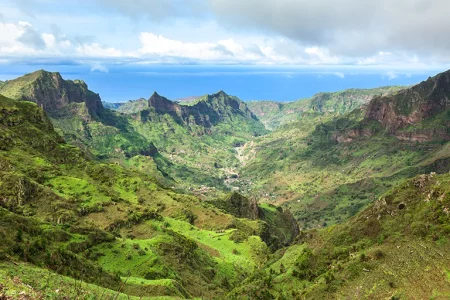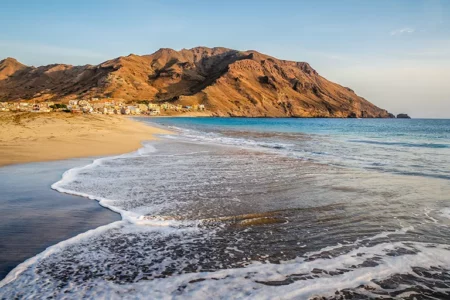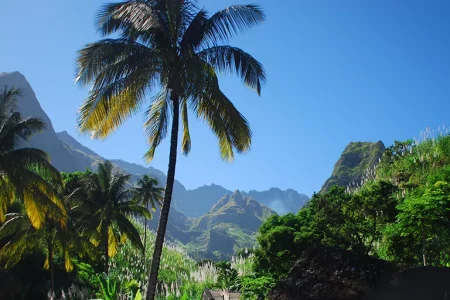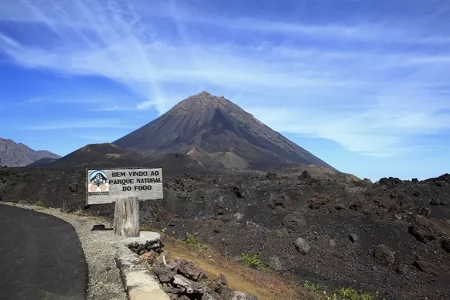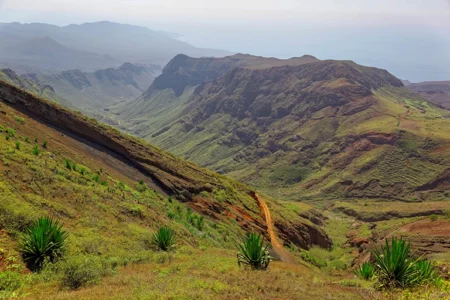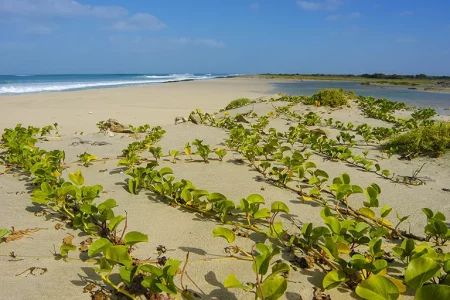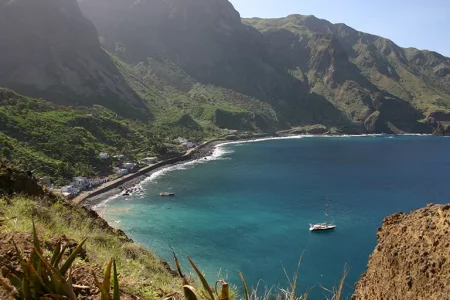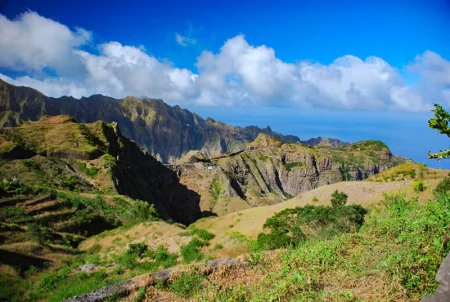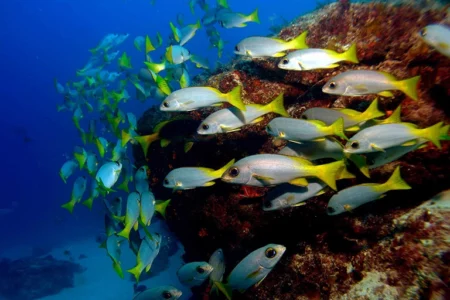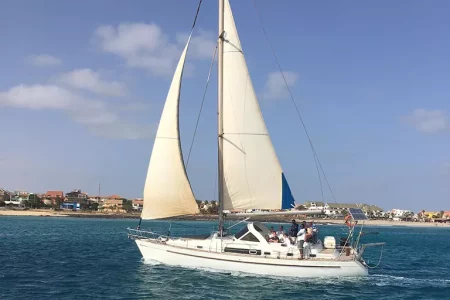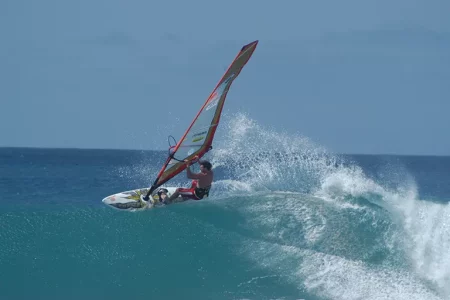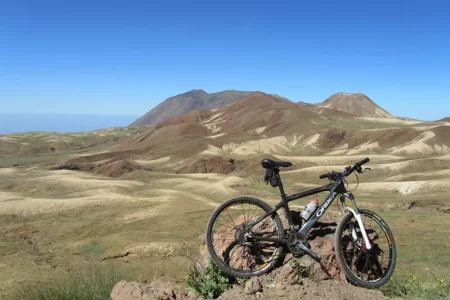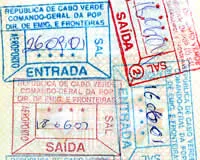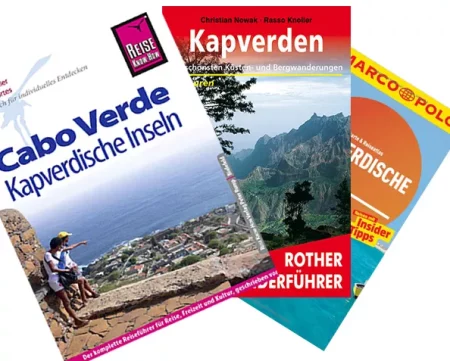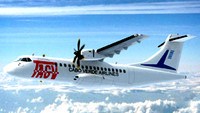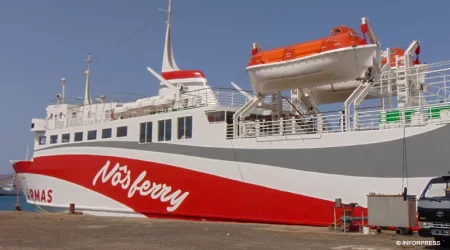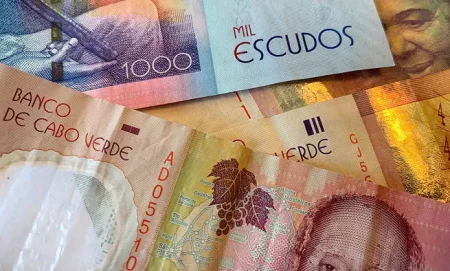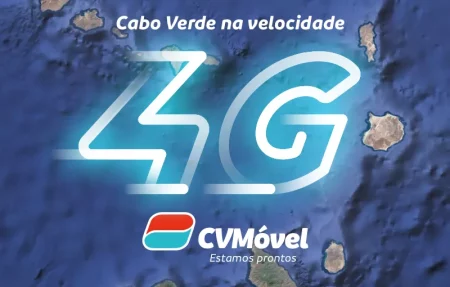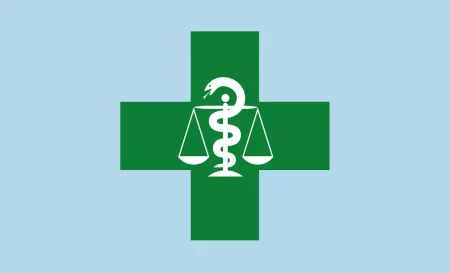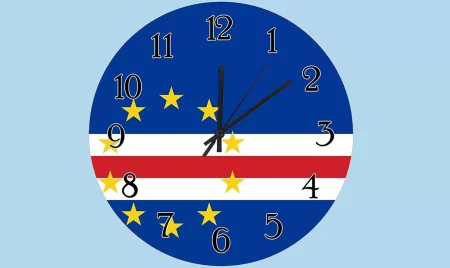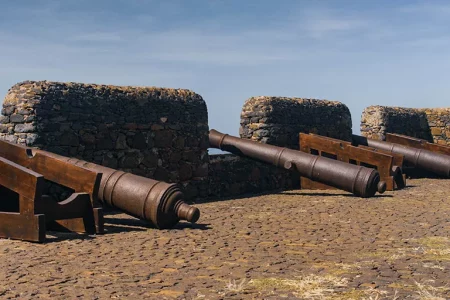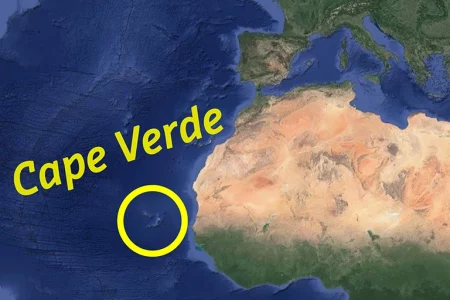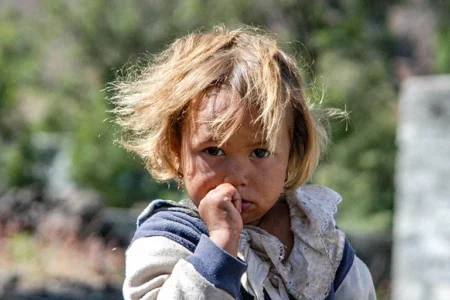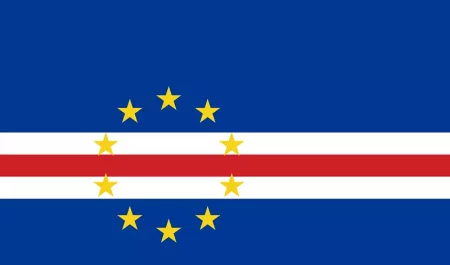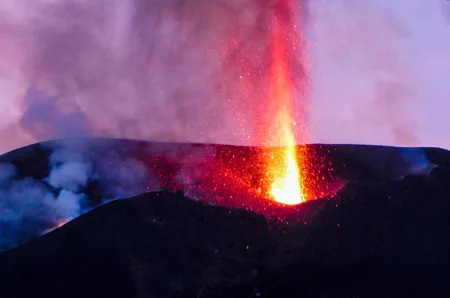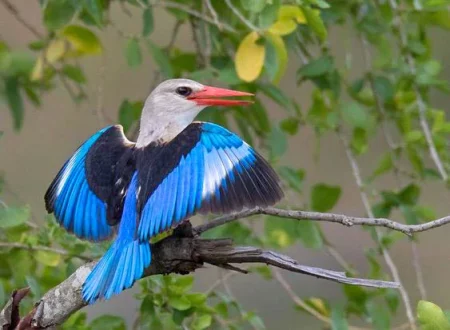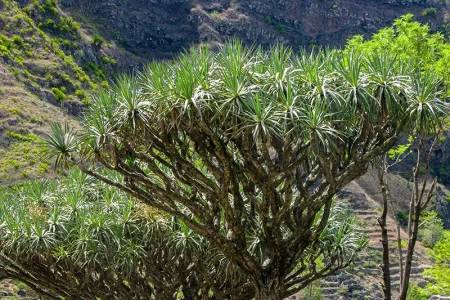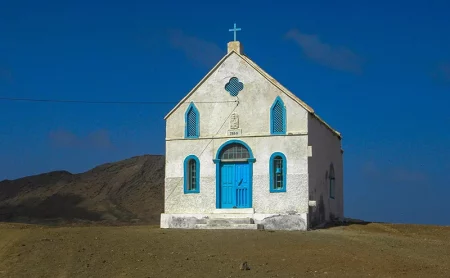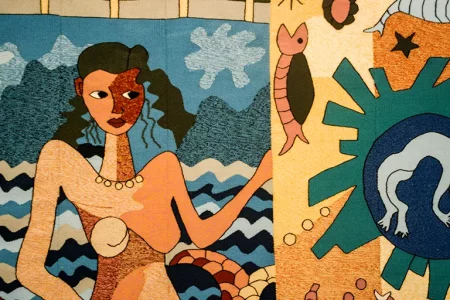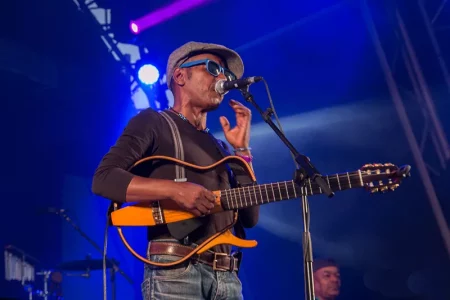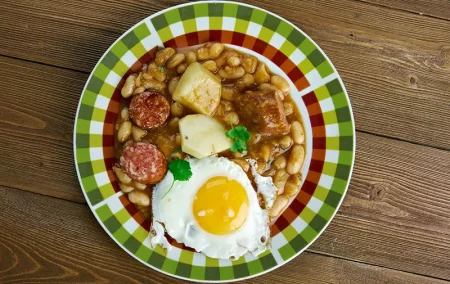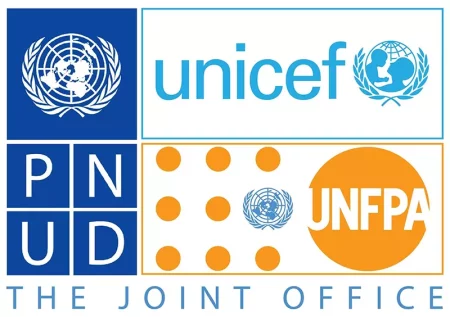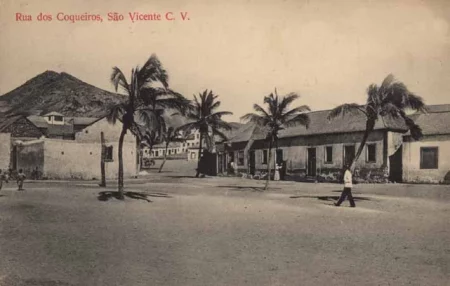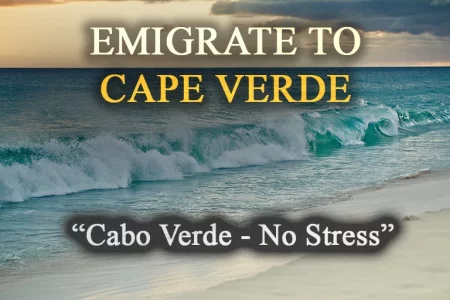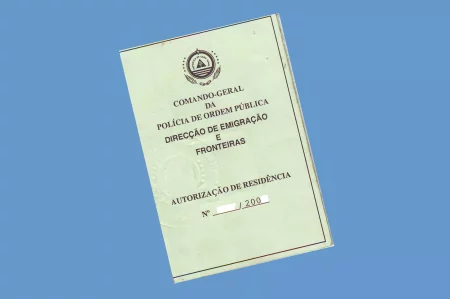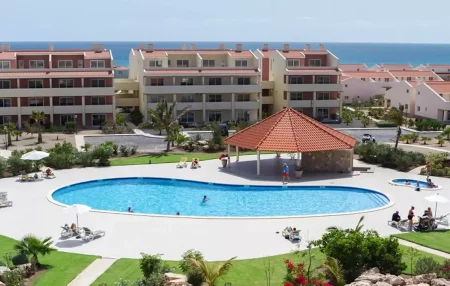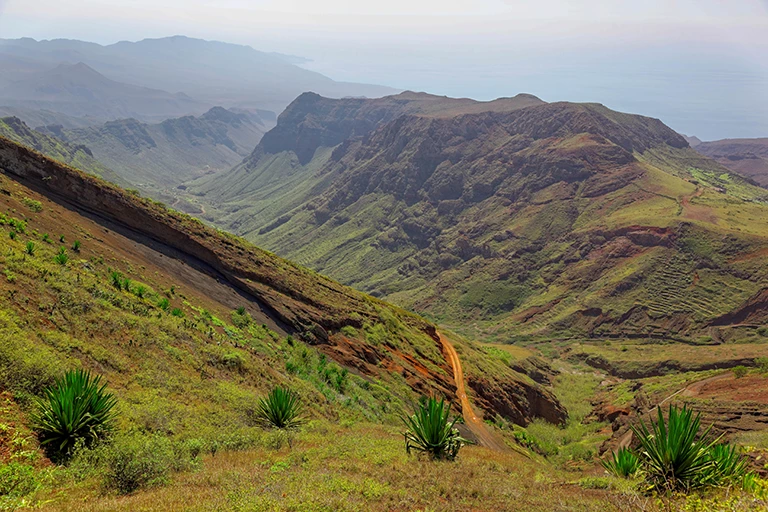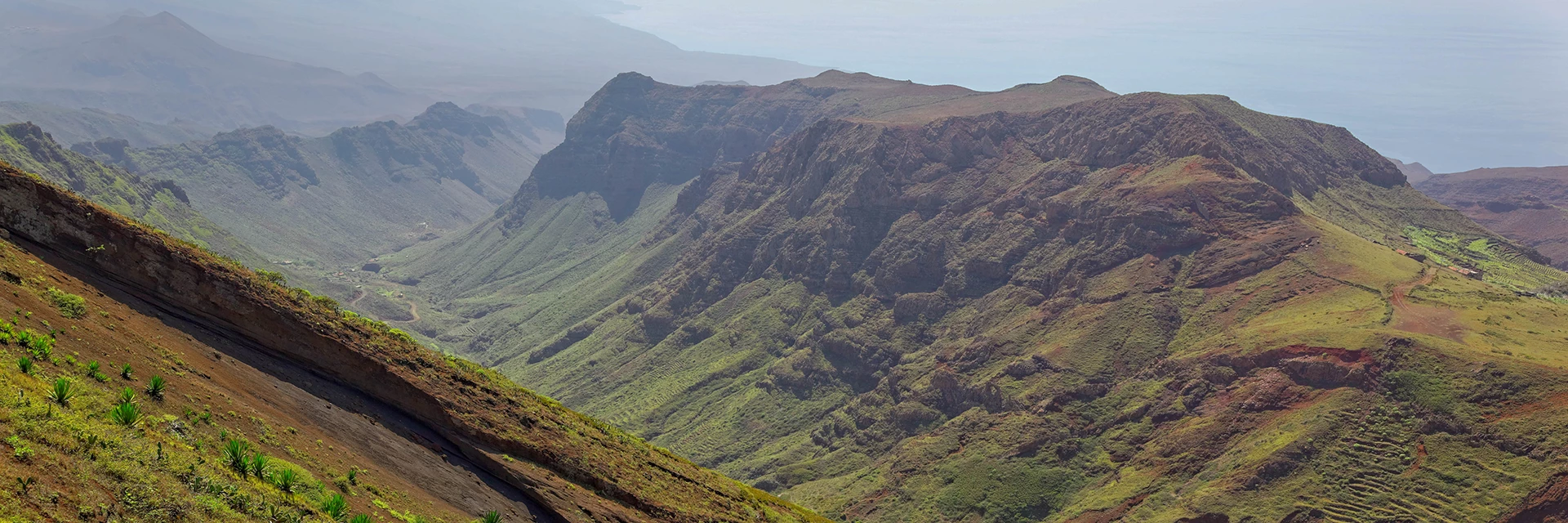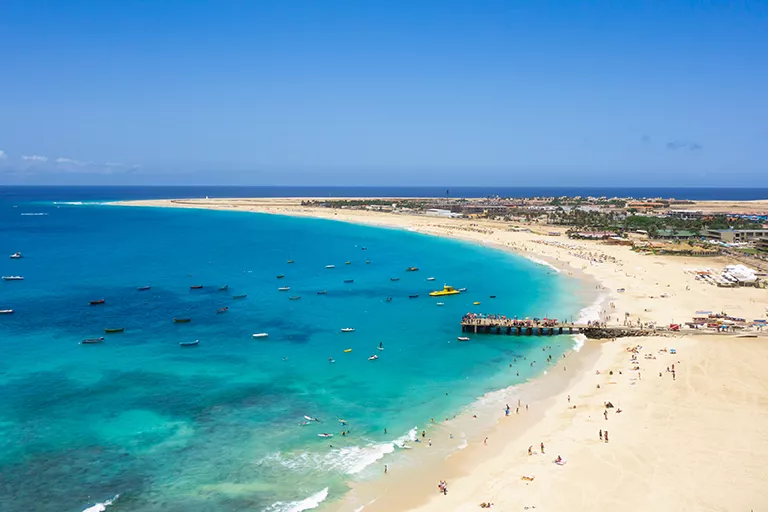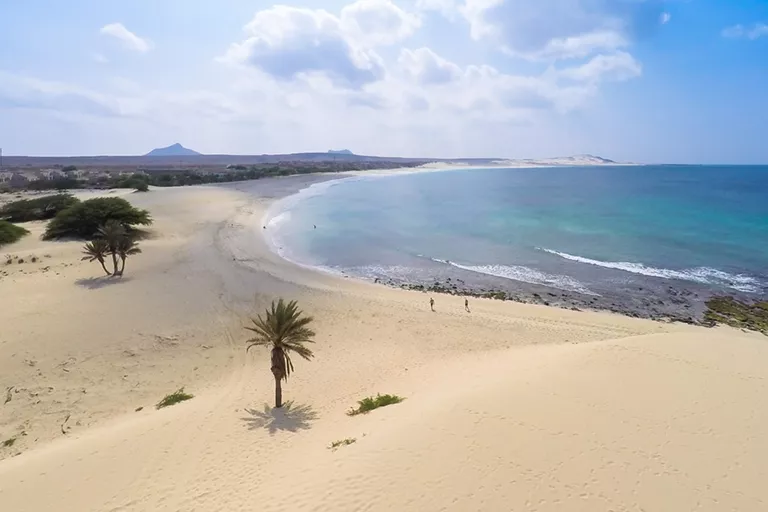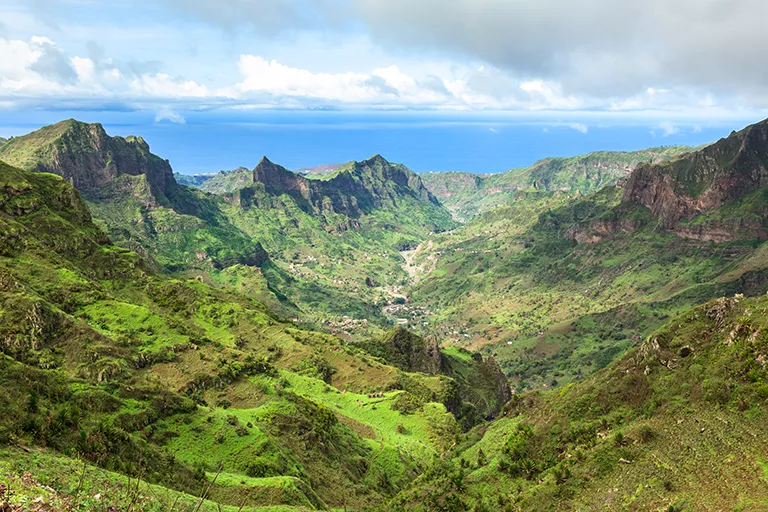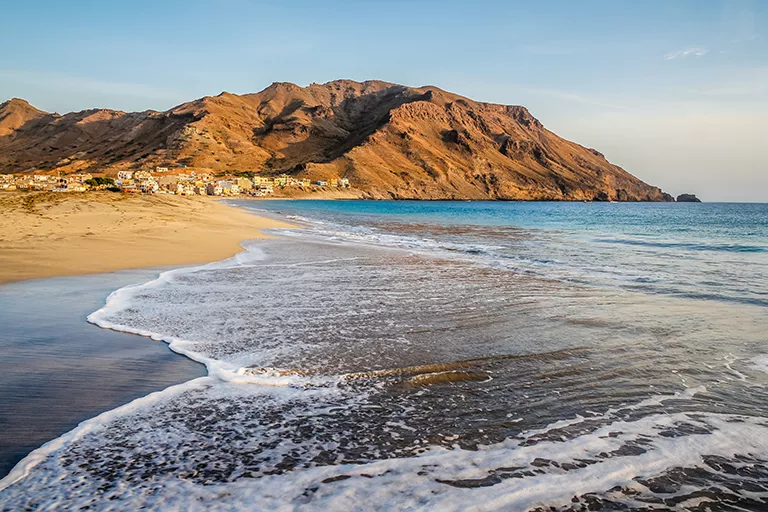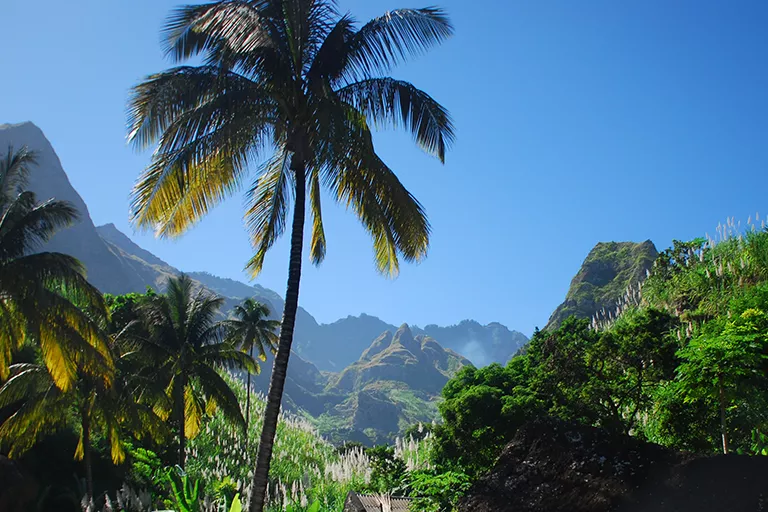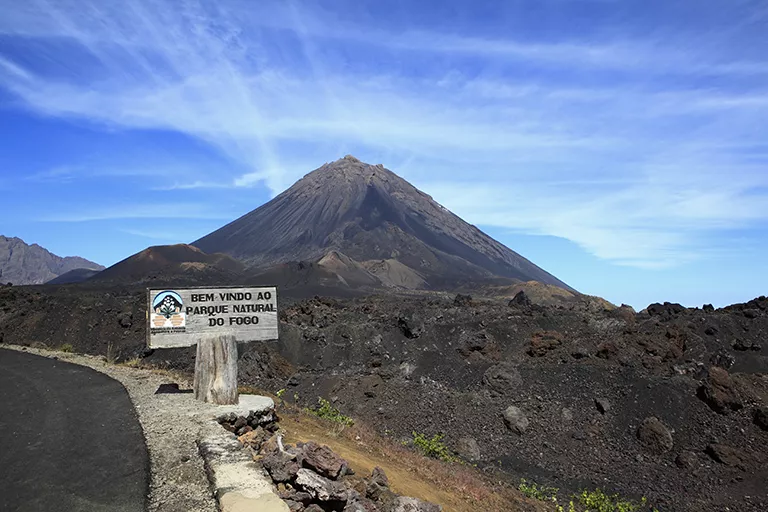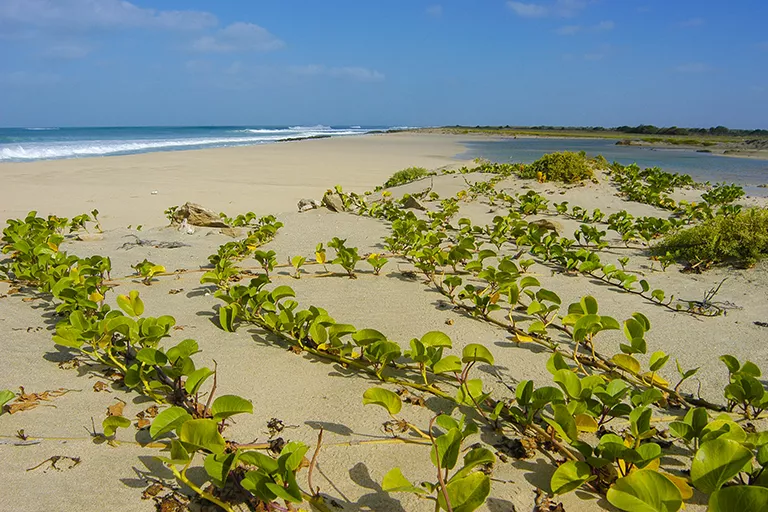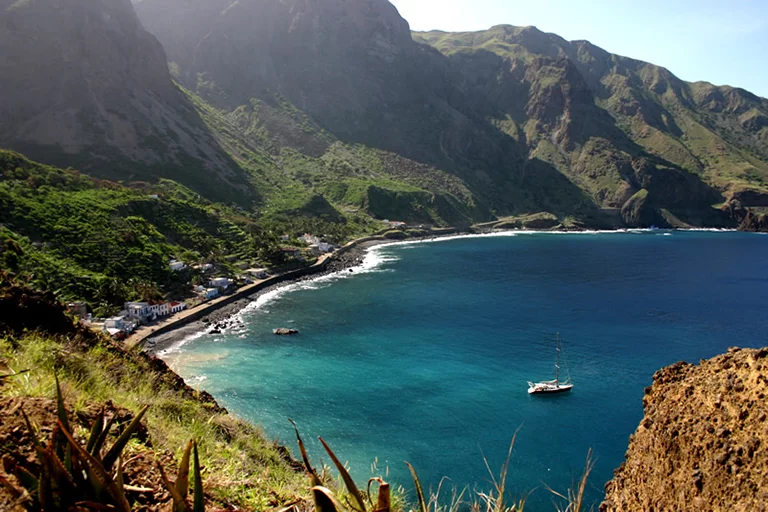São Nicolau Island
São Nicolau – The original
Overview of the island
346 km² (the fifth largest island)
Approx. 13,000
Ribeira Brava (approx. 3,500 inhabitants)
Monte Gordo, 1,312 m
São Nicolau no doubt belongs to the most beautiful islands of the archipelago. Santo Antão’s little sister is pure nature. This island impresses with fascinating mountain landscapes, bizarre rock formations, the friendly capital Ribeira Brava and a particularly warm-hearted population. To a large extent still untouched by tourism, this island has retained its authenticity and offers hiking enthusiasts lonely and unforgettable tours. It is also ideal for mountain bikers, as the mountains are not quite as high as those on Santo Antão. On São Nicolau, the dragon tree, which is otherwise only rarely found, is also quite common.
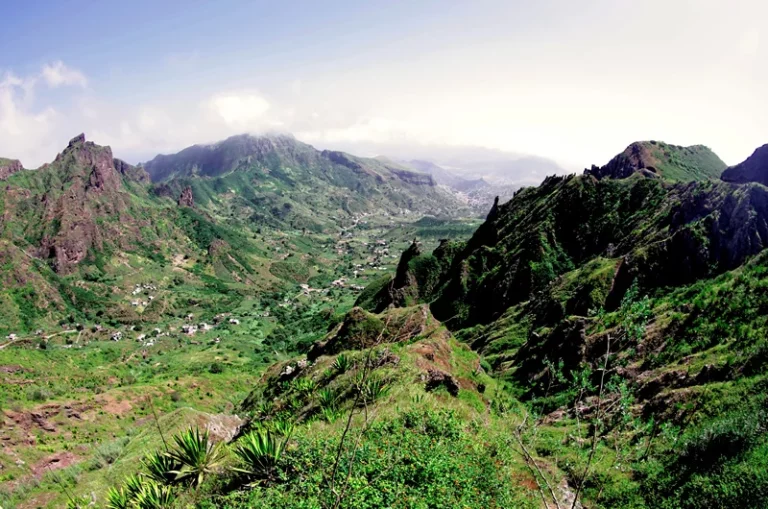
Its highest mountain is the 1,312-metre-high Monte Gordo in the most fertile part of the island, in the northwest. In the considerably drier and very sparsely populated east of São Nicolau, there is a mountain range up to 700 metres high that ends in a plateau. Also the south is dry. For the most part, the coastal sections are difficult to access, so that the island is rather unsuitable for a purely seaside holiday.
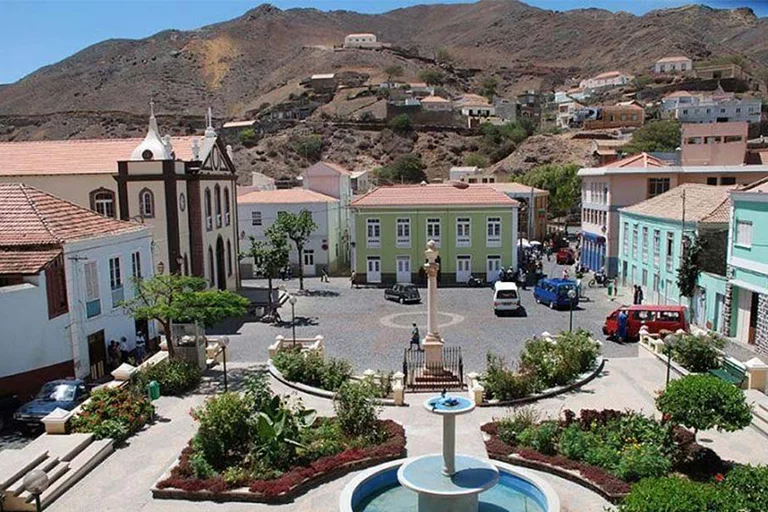
The island’s capital Cidade de Ribeira Brava, with only about 3,500 inhabitants, is located in the middle of an impressive mountain backdrop and is a charming place with picturesque, colourful houses, alleys, green squares and gardens. In the centre is the church square Praça do Torreiro with the Igreja Nossa Senhora do Rosário, an impressive building with two towers and a blue façade.
Ribeira Brava was for some time the spiritual and cultural centre of Cape Verde. In 1780, the place was declared the seat of the bishop and, next to a chapel, the Seminário de São José was built, which prepared students for ecclesiastical and state offices. In 1931, after the bishop’s seat was moved to São Vicente, the former seminary was closed.
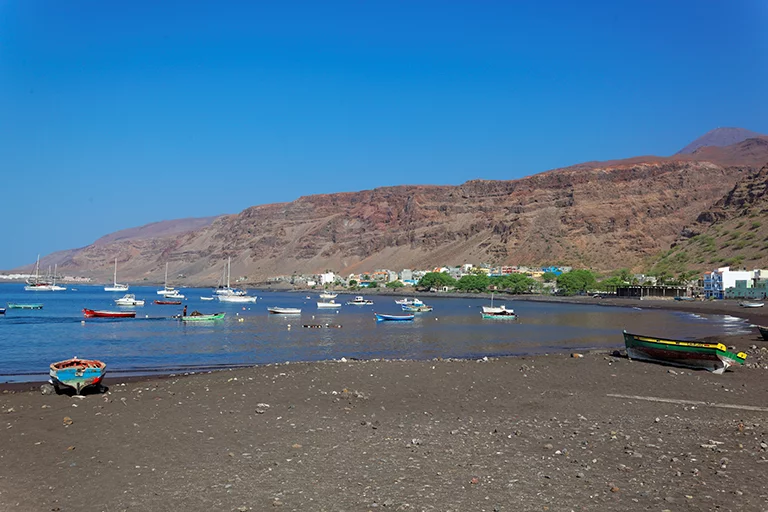
Tarrafal, located in the south of the island, is the second most important town on São Nicolau, which has become larger than the island’s capital. The island’s main harbour and a long, black sand beach are located here. It’s not only inviting for a swim. The sand, that is enriched with iodine and titanium, is said to be able to help with joint diseases and rheumatism.
From Ribeira da Brava to Tarrafal, you pass the Fajã plain, the most fertile part of the island, where a hike is recommended. Intensive agriculture is possible here – sugar cane, banana trees and papaya and breadfruit trees, among others, thrive. In the area around Cachaço – at the foothills of Monte Gordo – you can marvel at numerous dragon trees. At the eastern end of the village, the chapel of Nossa Senhora do Monte Sentinha is situated on a hill, lonely in front of the towering panorama of the mountain of the same name. One of the most beautiful hiking trails on the island is the one from Praia Branca to Fajã. The path winds in serpentines along steep mountain ridges, past the twin rocks and through the valley of Ribeira da Prata to the fertile Fajã plain. Praia Branca, a valley sheltered by mountains, is as beautiful a natural experience as Ribeira da Prata, which is bordered by pointed rocks on which small clusters of houses stand.
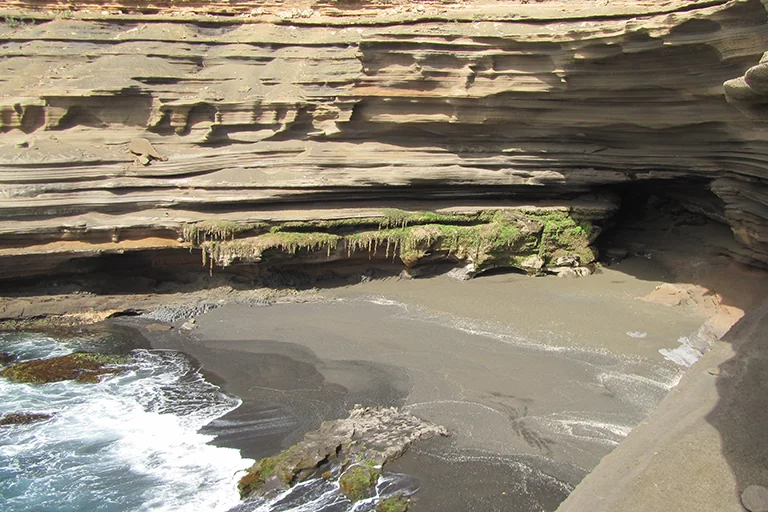
In between Praia Branca and Tarrafal, you should make a stop at the coastal section of Carberinho, that is reached on foot in about 30 minutes. There you can admire eroded rock formations that are among the seven natural wonders of Cape Verde.
The elongated east of the island is very attractive as well. Bizarre mountain formations alternate with stone deserts and steep valleys. Otherwise, deserted villages and houses dominate. Only the coastal region is alive with the villages of Juncalinho and Carriçal.
